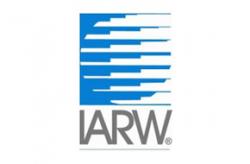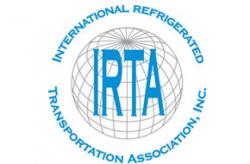What Is The Best Way to Manage Air Pressure in a Cold Storage Warehouse?
Question: What is the best way to manage air pressure in a cold storage warehouse? We have been having an issue within our freezers that causes large amounts of negative pressure to build up. When warm product is put in the freezers, the air will condense and cause negative pressure to build in the warehouse. This puts significant pressure on our roll-up and personnel doors to the point where it will damage the doors. This problem is scaled quickly when we are rapidly producing product. So, we are looking for ways to alleviate that pressure that do not cause us to waste much energy and were wondering if other members have experienced such challenges.
Answer: Generally, this is only a problem in smaller freezer rooms, where water vapor from wet or warm and damp product is brought into the room. Water vapor displaces air, and when the coils condense it, it rapidly creates a vacuum, so air will want to come in. In "tight" new rooms during pulldown, we have to block the doors open about 2 inches or it can pulling a wall vapor barrier insulation system off of the wall. It would help to know more about the room and product.
Rooms can normally relieve pressure through the air units condense drain water traps. This is the best way because as the warm air comes in, it is near an air unit. Smaller rooms can use a relief vent. Using them can be problematic in that frost may build up unless it is heated etc. If the drains are not "open" where you can see them, it may be that a "break" (air gap) between the drain line and the hub would help; of course, making the drain line larger may be a costly option. The good thing is that the room seems to be very tight, which is very good from an energy point of view.
Depending on the room's size, it may be that a deep PVC trap through the wall, approximately a 3" or 4" trap inside or outside with glycol (antifreeze) in it, would do the job. There is also a chance, depending on the room size and number of air units, that the air unit feed rate and or defrost cycle can be adjusted.
Answered by Hank Bonar, CEO, Bonar Engineering & Construction Company.
Have a question?
![]() We have an answer. Submit your questions to the GCCA Inquiry Service. From legal issues to food storage or handling questions, we work with industry experts and scientists to find you answers.
We have an answer. Submit your questions to the GCCA Inquiry Service. From legal issues to food storage or handling questions, we work with industry experts and scientists to find you answers.



